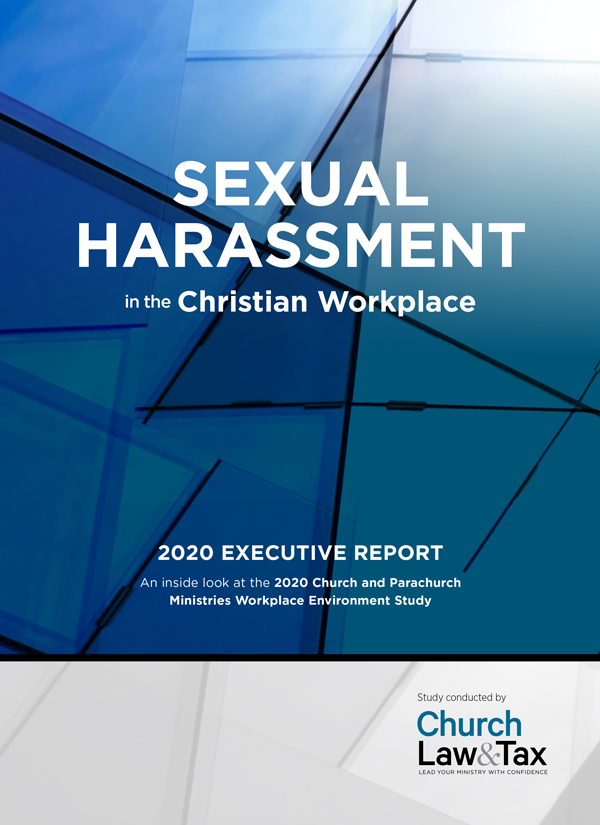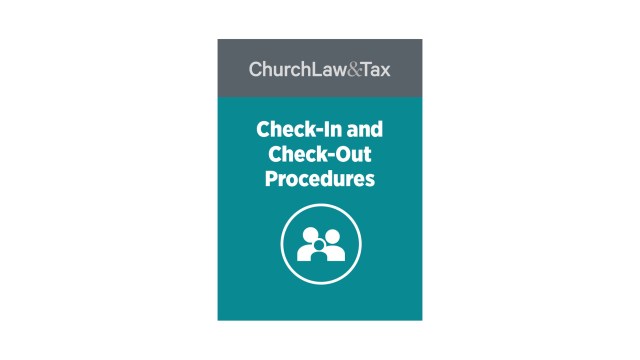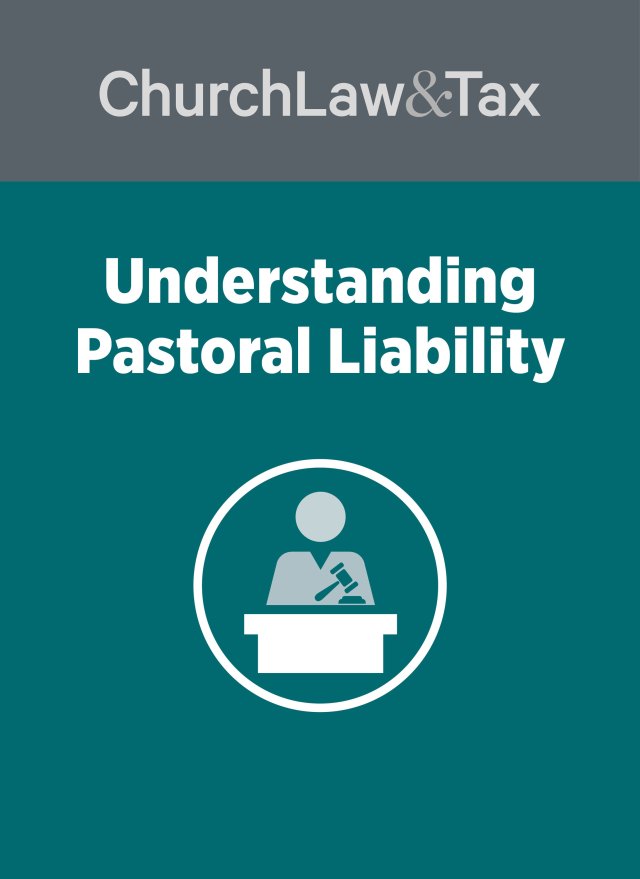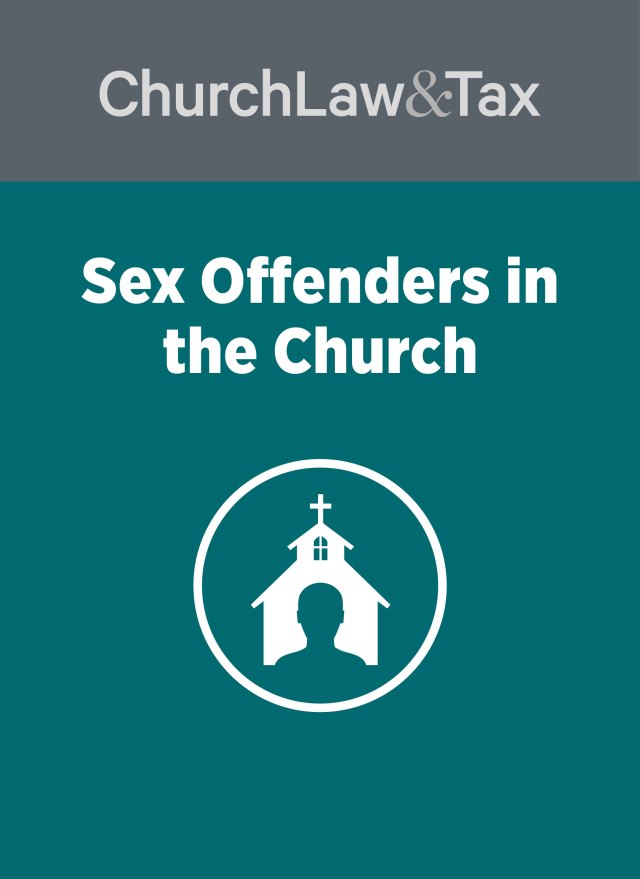• Key point. Many states have repealed laws that once permitted a person whose spouse was seduced by another individual to sue for “alienation of affections.” Husbands whose wives are seduced by clergy may be barred from suing for damages in such states.
The Arkansas Supreme Court ruled that a man could not sue a priest and bishop as a result of the priest’s seduction of his wife. A couple were married in 1972. Five children were born to the marriage. In 1986, the wife (Susan) became employed with the local Roman Catholic Diocese. In 1988, a new priest arrived at the Diocese. The priest was placed in charge of the Diocese Marriage Tribunal, having authority over Catholic marriages in the Diocese. Shortly after his assumed his new duties, he began spending his days off with Susan, taking all day trips out of town with her, and staying at her residence several nights a week until late in the evening, drinking alcohol to the point of intoxication. On one occasion, while Susan’s husband was stranded out of town in an ice storm, the priest spent the night with Susan at her home. On another occasion, the priest stayed the night with Susan and her family at their lake house. The priest and Susan stayed up until the “wee hours drinking and cavorting in the bedroom,” and Susan did not come to bed that evening with her husband. While her husband felt that the priest’s conduct “seemed highly improper,” he had no proof that he was having an affair with Susan. Over the next several months the husband became increasingly concerned over the accelerating “friendship” between Susan and the priest. In 1989, Susan sued her husband for divorce and moved into a home owned and furnished by the Diocese. The husband thereafter tried unsuccessfully to enlist the assistance of the bishop in removing the priest from his family life (although the bishop had no recollection of ever discussing the matter with him).
Susan and her husband were granted a divorce and Susan was awarded custody of the couple’s five children. Within a few days of the divorce, Susan and the priest were married. This “chain of events” confirmed what the husband had long suspected but could not prove. The husband sued the priest and bishop for breach of fiduciary duty, clergy malpractice, intentional infliction of emotional distress, and negligence. Specifically, the husband alleged that the bishop had a fiduciary duty to promote his spiritual well—being and to refrain from taking any action that would interfere with his spiritual well—being. He further alleged that the bishop breached this duty, committed clergy malpractice, and was negligent in allowing various rendezvous between Susan and the priest to take place at the expense of the Diocese when he was fully aware of their relationship. It was also alleged that the bishop, who had supervisory authority over the priest, was negligent in failing to supervise and shepherd his actions. The husband also claimed that the priest, as head of the Diocesan Marriage Tribunal, and as priest of his church, had a fiduciary duty to promote his spiritual well—being and to refrain from taking any action that would interfere with his spiritual well—being. The husband claimed that the priest’s actions amounted to a breach of fiduciary duty, negligence, and intentional infliction of emotional distress.
The state supreme court dismissed the husband’s lawsuit against both the priest and bishop. It concluded that the claims against the bishop were barred by the statute of limitations, and that the claims against the priest were barred by the state legislature’s abolition (in 1989) of lawsuits based on “alienation of affections.” Under prior law, the husband could have sued the priest for “alienating the affections” of his wife. With the abolition of any liability based on this theory, the court reasoned, it was not possible for the husband to accomplish the same result by asserting a breach of fiduciary duty, clergy malpractice, or infliction of emotional distress. As a result, the court upheld the trial court’s dismissal of the husband’s claims. Cherepski v. Walters, 913 S.W.2d 761 (Ark. 1996). [ Seduction of Counselees and Church Members, Negligence as a Basis for Liability, Denominational Liability]
© Copyright 1997, 1998 by Church Law & Tax Report. All rights reserved. This publication is designed to provide accurate and authoritative information in regard to the subject matter covered. It is provided with the understanding that the publisher is not engaged in rendering legal, accounting, or other professional service. If legal advice or other expert assistance is required, the services of a competent professional person should be sought. Church Law & Tax Report, PO Box 1098, Matthews, NC 28106. Reference Code: m67 m29 c0197



